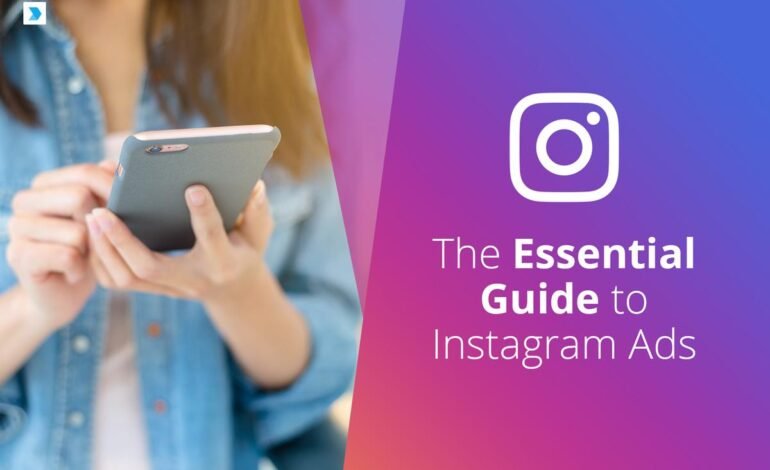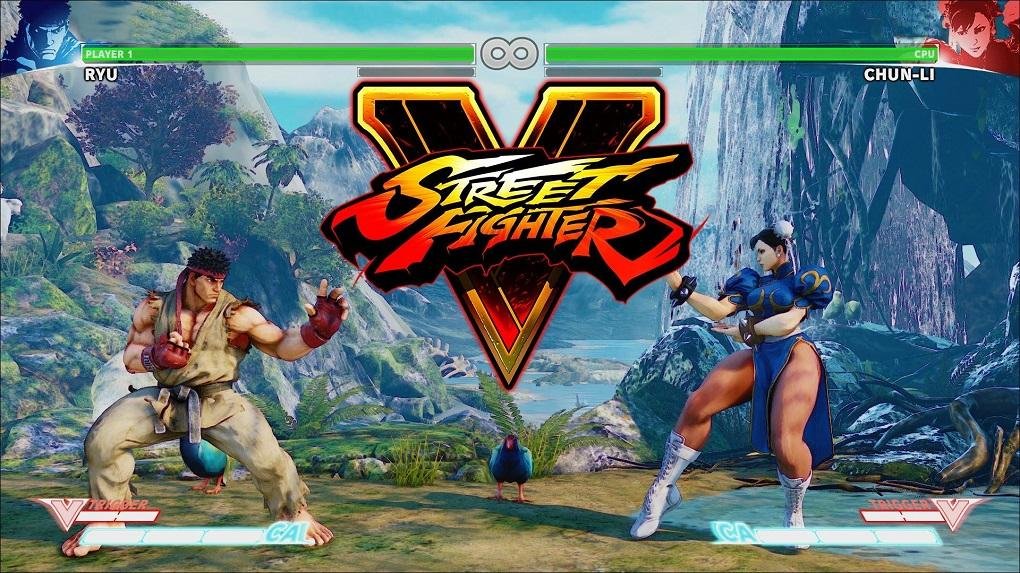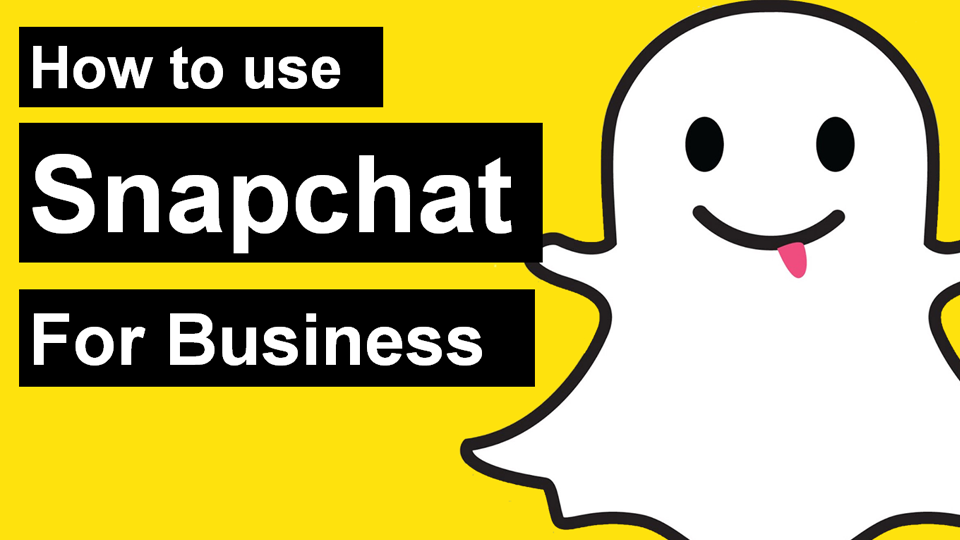Essential Guide to Instagram Stories Advertising

The Stories format is not only successful in advertising on Instagram, but it has been one of the biggest revolutions in online marketing in recent years. At the time, Snapchat was the first social network to incorporate this format, but it was soon followed by “the big ones” such as WhatsApp, Facebook, Messenger, and of course, Instagram.
Stories are perfectly mobile-friendly, and users love them. For marketers, they are a perfect opportunity to reach their audience in a new, engaging, and direct way. That’s why we’re going to take a look at everything you need to know to rock your Instagram Stories advertising.
The keys to advertising in Instagram Stories
Instagram first launched advertising in Stories in March 2017 and has been expanding its options. These are the fundamental keys to understanding what these types of ads consist of and why they work so well.
The Audience
Facebook and Instagram’s advertising solutions are connected and share the same interface, but both networks target different audiences. Facebook is the most universal network, to which users connect to find out news about their family and friends (okay, and also share photos of cats). On the other hand, Instagram is more visual and is the natural territory of influencers. Let’s look at some facts about its audience:
- Around 300 million people view and create Instagram Stories every day.
- A third of the most viewed content comes from brands, which are very well accepted on the Internet.
- 59% of internet users between the ages of 18 and 29 are on Instagram.
And if you want to know more, read here how to monetize your Instagram account.
The experience
One of the main reasons for the success of Stories is that they offer a different experience to the most classic content and are more adapted to the needs of today’s user.
As we are overwhelmed by the avalanche of content that surrounds us, we need formats that are able to add value quickly and visually, and advertising on Instagram Stories is perfectly suited to that need.
Another prominent feature is that Instagram Stories provide an immersive experience, as they take up the user’s entire screen (in vertical format) and are viewed with sound in most cases (unlike videos in Facebook’s News Feed section).
The format
In the previous section, we have already advanced two keys to advertising in Instagram Stories: the vertical format and the immersive experience. The third characteristic that stands out is its brevity. With Instagram Stories, we can use up to 15 seconds of video or up to 10 seconds of static images. While it seems like very little, marketers who have experimented with Vine’s 6 seconds will have the luxury of adding lines to the script.
The objectives
Facebook and Instagram’s advertising interface is strongly goal-oriented and classifies ad formats according to whether they fit one or the other.
Originally, advertising on Instagram Stories could only be used for the goal of reach, that is, it was limited to “playing” with branding campaigns. Luckily, in recent months, it has expanded the selection of goals, and you can now choose between reach, video views, brand awareness, traffic, app installs, and even conversions. Therefore, you can use this type of advertising in later stages of the conversion funnel.
10 tricks for your Instagram advertising
- Be visual. Instagram Stories are 100% image. There’s no room for elaborate texts, so you have to make sure you’re using your entire audiovisual arsenal. Stock images (which can sometimes work on Facebook) don’t measure up here, so pull out your best videos and photos and show off like a peacock.
- Adapt to the environment. Instagram Stories are a new and captivating format, but that doesn’t mean they’re the solution for everything. Before you jump into the pool, think about whether your brand’s audience is on Instagram and whether you think Instagram advertising is right for your business goals.
- Tell a story. This is a recommendation from Instagram itself: even if you only have 15 seconds, try to make the most of them to create a narrative and hook your users.
- Attract attention quickly. The first couple of seconds are essential for the user to stop and watch the entire ad or pass by, so you have to display all your charms from the first moment.
- Don’t forget about branding. When you only have 15 seconds and a limited screen size, subtleties don’t usually work too well. If you want people to remember your brand after seeing your ad, you’ll need to show your logo very clearly. And if possible, better at the beginning than at the end (without forgetting the previous point).
- Sound matters. Unlike Facebook videos, Instagram Stories are often viewed with sound (up to 60% of users do). Therefore, you need this aspect to be very careful. Even if you don’t have too much budget for production, make sure to at least record the sound in a quiet room and use a microphone separate from your phone. And remember that you can always turn to music.
- Share updates with your existing customers. The Stories format works great for introducing products, so it’s a good idea to use it to tell your followers what’s new about your brand and make them feel special.
- Take advantage of the progress bar and pause feature. These two unique Story assets can add interactivity to your ads and make them much more memorable.
- Use emojis and texts. While the image is the most important thing, these two additions can help you give your Stories personality. Text can be very useful to introduce calls to action or highlight a message, but don’t overdo it.
- Include links in your Stories. Finally, don’t forget about this resource to direct users to your website or tell them the next step to take. This way, you can easily link the ad to your KPIs.
How to advertise on Instagram: vertical videos
Finally, let’s stop at the main peculiarity of creating advertising for Instagram: vertical videos.
On an audiovisual level, vertical videos are a real revolution. After all, during 120 years of film history, we have become accustomed to watching films horizontally. But now that more and more users are consuming content on their mobile phones and holding it with one hand, we’ve turned this creative resource on its head.
If you’re going to advertise on Instagram, it makes sense to consider shooting your videos directly in vertical format. To do this, you’ll need to rethink three basic ingredients of the process: the camera, the composition, and the theme.
The camera
Today, you can shoot vertical videos with any digital camera – just rotate it 90 or 270 degrees.
But most cameras are made to shoot horizontally, so this raises some ergonomic issues. The camera will be more unstable, and you could get a poor quality image or, even worse, drop it by mistake.
To fix this, hold the camera with two hands close to your body and try to plan the scenes so that you don’t have to move it around too much. You can also use a tripod, which will help stabilize the image.
Of course, you also have the easiest and low-budget option: recording from your mobile! Many accessories allow you to hold it while recording, and current cameras can give you a more than decent image quality. What is usually not so good is the sound, but you can always record a separate track or connect a microphone to the mobile.
The composition
Compositing for vertical videos is a real headache that leads us to rethink everything, but we can also use it to create really striking and surprising images. These tricks will help you achieve better results:
- Of course, this format is ideal for images with a strong vertical component, for example, with lines that project towards the horizon.
- On the other hand, horizontal movement doesn’t usually work well in vertical videos, as it can be difficult to follow or even make viewers dizzy.
- The rules of composition of a lifetime, such as the two-thirds rule, continue to work. So if the horizon has a lot of prominence in your video, try to make it either above or below the middle of the image.
- Try to keep the text and important details a little out of the frame, so they don’t get cut off when editing the video.
The theme
In the end, shooting vertically forces us to rethink not only how we record, but also what we record. Elements that tend to verticality, such as human beings, ttreesor mountains, are very grateful.










